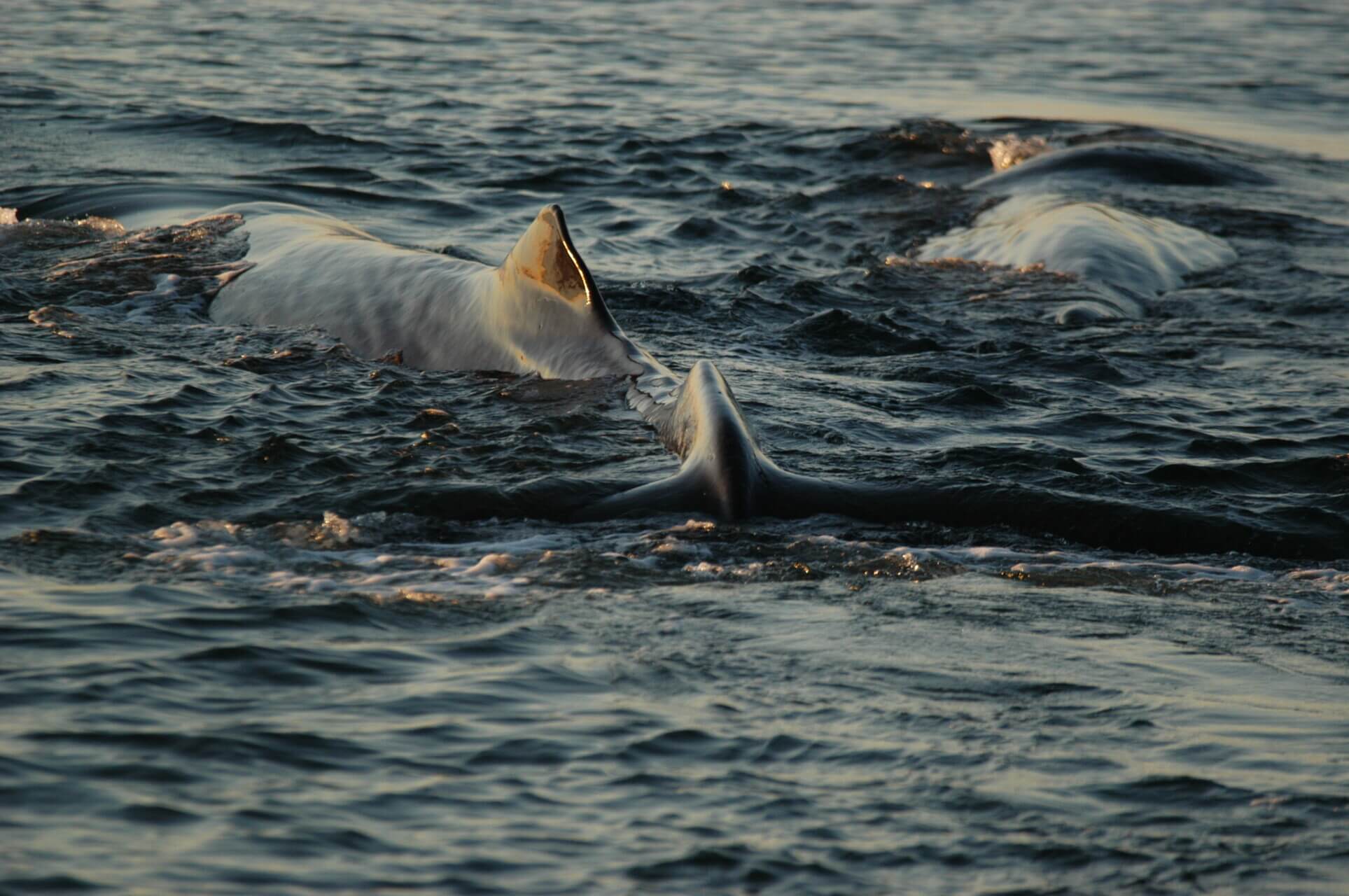Strictly speaking, a language implies syntax in which word order determines meaning. Studies conducted on dolphins in captivity have shown that these animals were able to understand the syntax of human language through image and sound associations, in addition to memorizing some one hundred words allowing them to respond to specific commands. But this “communication” remains unidirectional, as Man has not been able to dissect the “language” of dolphins. What we do know: voice communication is extremely important for whales, who use it to convey a wealth of information to other members of their species.
Toothed whales have highly varied vocal repertoires, which is probably related to their developed social behaviour. In some species, individuals emit unique sounds tantamount to voice signatures. Bottlenose dolphins, for example, have a personalized whistle. They are believed to call out to one another by imitating the voice signature of another member of the group so that the latter knows it is being addressed. In response, the targeted individual repeats its vocal signal. In killer whales, each family group has a specific dialect with its own variations in tone or frequency. Sperm whales within a given clan share vocalization patterns to communicate, recognize and establish social ties, but a female and her newborn use a distinct pattern to identify one another. Beluga have an extremely varied vocal repertoire. They are able to reproduce the sounds they hear, for instance the human voice. To maintain communication, beluga mothers and their babies use a “contact call.” The repertoire of sound emissions becomes richer and more complex over time. It takes one to two years for young belugas to develop a perfect interpretation of these “contact calls”.
To learn more:
Dolphins Have “Names,” Respond When Called
What Are Killer Whales Saying?
Whales, their babble, and clan dialects





